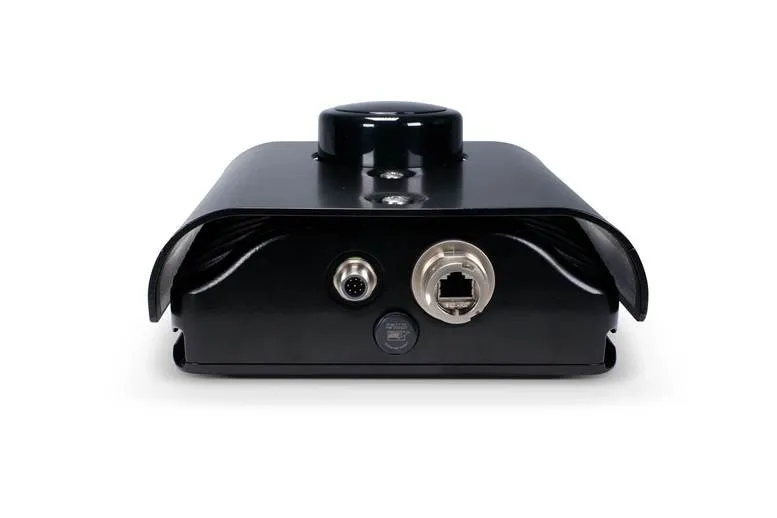Canadian company Leddar Tech has announced what it says is the industry's first and only optical detection and ranging product based on the time-of-flight principle. The company says the patent-pending solution provides unique advantages and benefits for optimising traffic management.
February 3, 2012
Read time: 2 mins

Canadian company Leddar Tech has announced what it says is the industry's first and only optical detection and ranging product based on the time-of-flight principle. The company says the patent-pending solution provides unique advantages and benefits for optimising traffic management.
The Leddar d-tec (Light Emitting Diode Detection And Range) detector emits non-visible light into the area of interest and measures the time taken for the light to reflect. Thanks in part to the speed of light, it provides very accurate 3D information as well as excellent lateral positioning of detected objects in the field of view, enabling the system to precisely detect objects of variable dimensions. In addition, since the acquisition information is compiled thousands of times per second, Leddar d-tec is able to provide robust detection in adverse weather and lighting conditions.
As Leddar Tech points out, its innovative solution consistently and accurately detects vehicles of all types, including motorcycles and bicycles in all weather conditions, at any time of the day. The system also uses direction of travel of vehicles, thereby preventing false calls to traffic signal controllers.
Leddar d-tec was designed to ensure fast and user-friendly installation. This non-intrusive solution can be mounted directly to current traffic infrastructure without the need to install additional mounting poles since the device is not influenced by the horizon. Moreover, the company's engineering team have integrated an onboard image processor to assist engineers and technicians by making it possible to remotely align Leddar d-tec. A value-added feature of the onboard image processor is the capability of transmitting video images back to the traffic operations centre.
Made of robust, high-quality materials, the Leddar d-tec enclosure is waterproof and designed to withstand the worst in adverse or extreme weather conditions.
The Leddar d-tec (Light Emitting Diode Detection And Range) detector emits non-visible light into the area of interest and measures the time taken for the light to reflect. Thanks in part to the speed of light, it provides very accurate 3D information as well as excellent lateral positioning of detected objects in the field of view, enabling the system to precisely detect objects of variable dimensions. In addition, since the acquisition information is compiled thousands of times per second, Leddar d-tec is able to provide robust detection in adverse weather and lighting conditions.
As Leddar Tech points out, its innovative solution consistently and accurately detects vehicles of all types, including motorcycles and bicycles in all weather conditions, at any time of the day. The system also uses direction of travel of vehicles, thereby preventing false calls to traffic signal controllers.
Leddar d-tec was designed to ensure fast and user-friendly installation. This non-intrusive solution can be mounted directly to current traffic infrastructure without the need to install additional mounting poles since the device is not influenced by the horizon. Moreover, the company's engineering team have integrated an onboard image processor to assist engineers and technicians by making it possible to remotely align Leddar d-tec. A value-added feature of the onboard image processor is the capability of transmitting video images back to the traffic operations centre.
Made of robust, high-quality materials, the Leddar d-tec enclosure is waterproof and designed to withstand the worst in adverse or extreme weather conditions.










